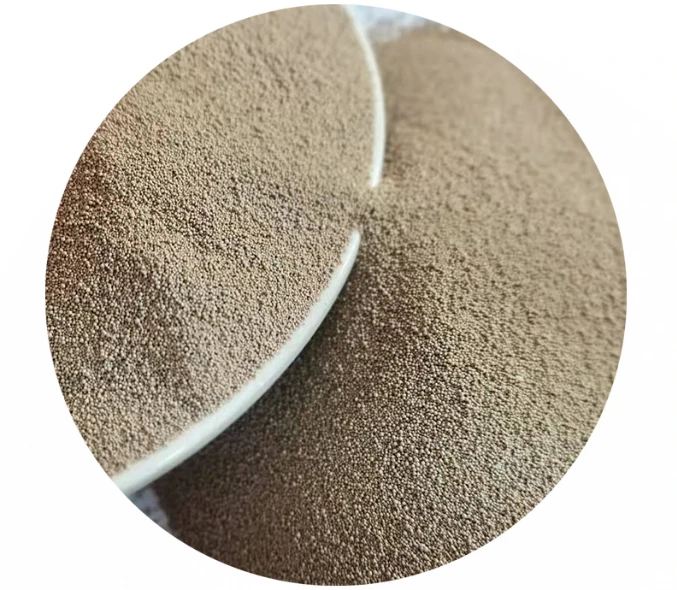

Authoritativeness in this field comes from an understanding of the wide array of ceramic materials—ranging from porcelain to zirconium oxide—each with its sanding requirements. Ceramic engineers and industrial professionals must stay abreast of technological advancements and evolving methodologies to maintain their competitive edge. Industry certifications and affiliations with professional organizations further cement their authoritative stance. Trustworthiness is built through consistent delivery of high-quality results and adherence to safety standards. The sanding of ceramics often involves dust and debris which can pose health risks if not properly managed. Implementing comprehensive safety protocols, including efficient dust extraction systems and personal protective equipment, demonstrates a commitment to health and safety, fostering trust among clients and partners. Moreover, transparency in process and communication with clients enhances trustworthiness. Providing detailed insights into the sanding process, the challenges anticipated, and the strategies employed to overcome them reassures clients of the professional’s capability and integrity. The process of sanding ceramic is not merely a mechanical task but a nuanced art that requires profound expertise, experience, and a sense of responsibility. Mastery in this area leads not only to exceptional product quality but also establishes a reputation for excellence in craftsmanship and service. Embracing innovations, adhering to stringent standards, and continually honing skills, professionals in ceramic sanding contribute significantly to the advancements in industries reliant on high-performance ceramic materials. Post time:ජන. . 09, 2025 10:39
Next:Sintered ceramic sand made in China same with Cerabeads AFS 60
